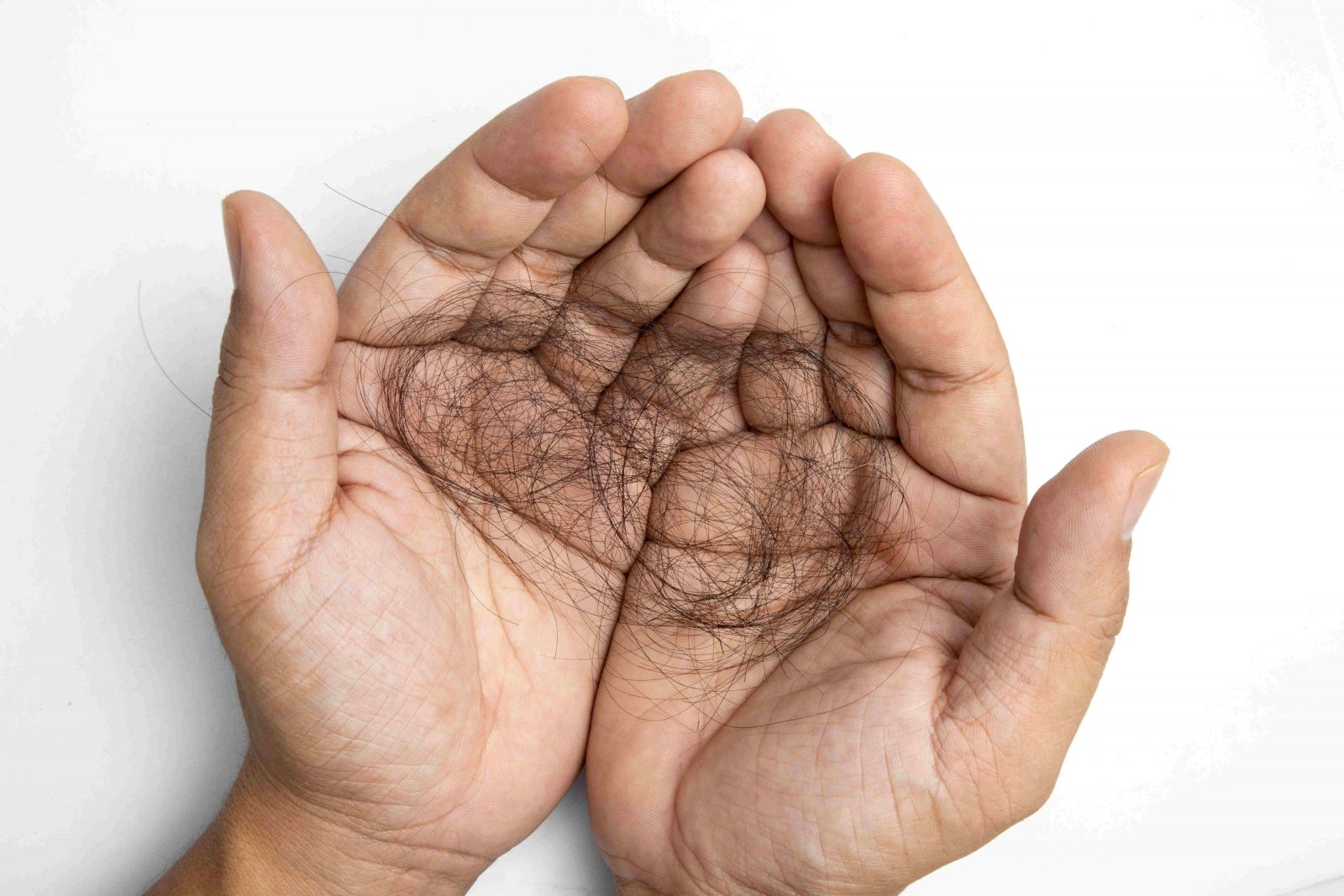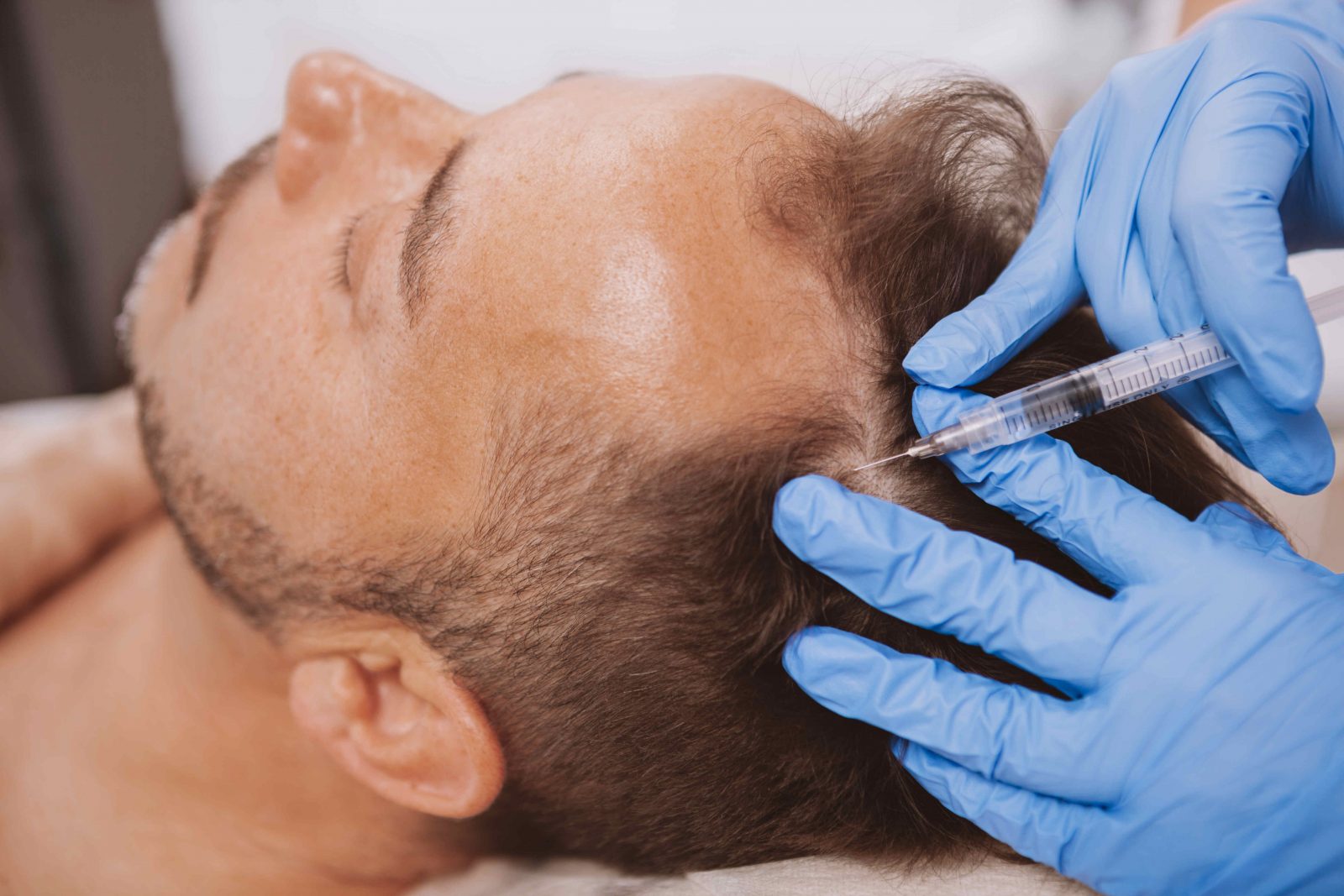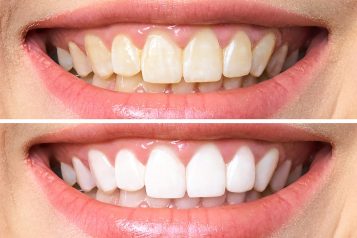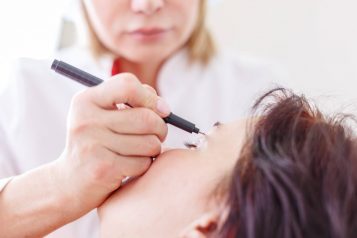Shamila Gupta Rawal, MD, a board-certified otolaryngologist/head and neck surgeon, specializes in the management of hair loss and rejuvenation of the face and neck at The Rawal Institute for Hair Restoration and Aesthetic Medicine. Dr. Rawal is the only hair restoration surgeon providing comprehensive surgical and non-surgical treatment for all types of hair loss in Madison, Wisconsin, with an expansive patient base that travels in from coast-to-coast. Haute Beauty sat down with our expert, Dr. Shamila Rawal to dive into the types of hair restoration techniques and how her practice determines which is right for you.
 Photo Credit: Shutterstock
Photo Credit: Shutterstock
The daily loss of hair is prevalent amongst men and women alike. Unfortunately for some, most of the time, for men, the hair does not grow back. Depending on the insecurity this brings on the person, they will either choose to leave it be or undergo a hair restoration treatment. There are multiple types of hair restoration treatments available and to determine which one is right for you, an in-person exam is necessary.
Determining the Hair Loss Method to Use
At Dr. Rawal’s practice, she uses the dermoscopy exam of the scalp to provide critical diagnostic information about the cause of a patient’s hair loss. Furthermore, the exam guides which of several hair restoration strategies might be most effective, whether medication, platelet-rich plasma injections, low-level laser light therapy, hair transplant surgery, or a combination of the above. Key findings on the exam are:
- Degree of miniaturization
- Presence of scarring
- Absence of follicular activity
- Other structural abnormalities of the hair shaft
The daily loss of hair is very common amongst men and women alike. Unfortunately for some, most of the time for men, this hair does not grow back. Depending on the insecurity this brings on the person, they will either leave it or undergo a hair restoration treatment. Here are the may methods for male hair loss treatment:
Male Hair Loss Treatment Options
Hair transplant
The hair transplant technique used creates natural-looking and long-lasting results. Transplants are done in the office using follicular unit transplantation (FUT) or follicular unit extraction (FUE). During both surgical techniques, she harvests healthy hair follicles then single follicular units are surgically implanted into thinning areas.
Sunetics low-level laser light therapy
Low-level laser light therapy increases blood flow and boosts the supply of nutrients and oxygen while removing harmful DHT and reducing inflammation. As a result, restoration of normal hair growth occurs.
 Photo Credit: Shutterstock
Photo Credit: Shutterstock
Regenerative medicine
Platelet-rich plasma (PRP), alone or together with stem cells, is carefully injected in thinning areas. The platelets activate hair follicles, stimulate new hair growth, improve hair thickness, and slow down hair loss.
Medications
Depending on the cause of your hair loss, a possible recommendation would be to use topical or oral medications to stimulate hair regrowth, fight inflammation, or suppress your immune system.
Hormone therapy
You may need hormone therapy following a hair transplant to ensure optimal hair growth or when low hormone levels contribute to your hair loss.
Micro-pigmentation
Scalp micro-pigmentation adds permanent color to your scalp in areas of thinning hair and hair loss, producing the appearance of a full head of hair. You can choose to use scalp micro-pigmentation alone, or together with other hair loss treatments.
The micro-pigmentation process is like getting a tattoo, but with specialized equipment and techniques that inject tiny dots of color. The dots are artistically layered in a stippling pattern, using different hues of color to create natural-looking depth and definition.
For more information, visit Dr. Brian A. Levine's social media:

























